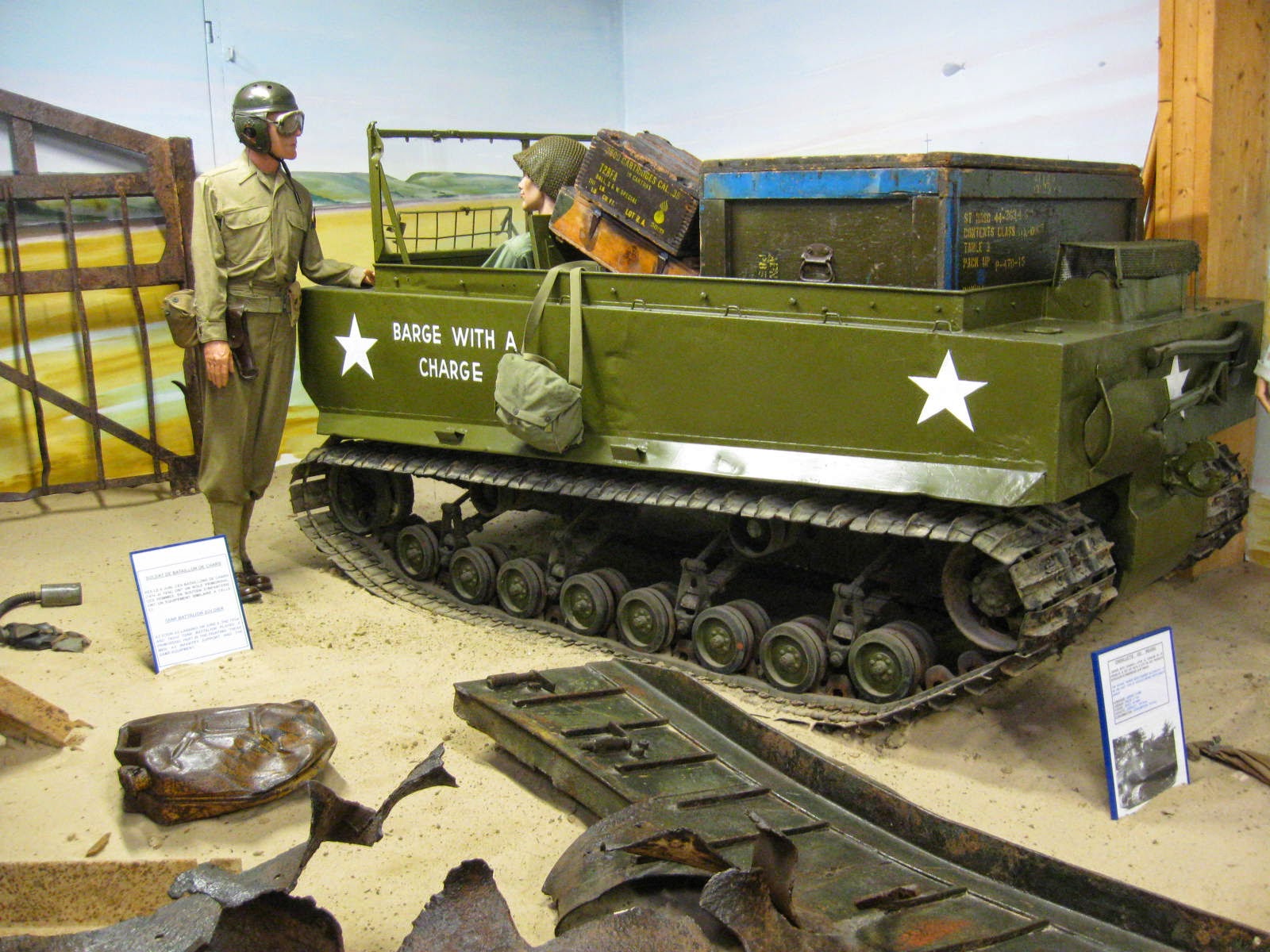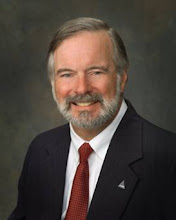 |
| Source: Google Images |
We visited Chartres!
Built starting in 1193, opened in 1220, and not fully completed to this day, this "Cathedral Basilica of Our Lady of Chartres" features incredibly intricate compression-only structure, with flying buttresses bracing flying buttresses [no error, there] bracing the vaulted ceilings and roofs. (Plenty of photos are already online.)
You have, no doubt heard the story of the Medieval traveler who, on a hot day one summer, came upon a deep excavation beside the road. There was a man climbing up the dirt ramp from the bottom of that huge hole carrying a heavy sack of dirt on his back. He walked a dozen meters away from the hole, dumped the dirt onto a pile, threw the sack over his sweaty shoulder, and started to return to the hole.
The traveler called to him, "Mister, what are you doing in that hole?"
"Are you blind?" growled the workman, "Can't you see that I am working my body to the bone digging filthy dirt and sweating myself to death hauling it out of that God-forsaken hole!"
The traveler, humbled, but still curious, waited for the next workman to come up the ramp. When he did so, the traveler noticed that he was smiling, and humming to himself. The traveler called to him, "Mister, what are you doing in that hole?"
This smiling workman looked the traveler straight in the eye, and with a soft voice said, "The work of a lifetime. I am building a cathedral."
-Paraphrased from memory with thanks to a storyteller unknown.
.jpg)






















































